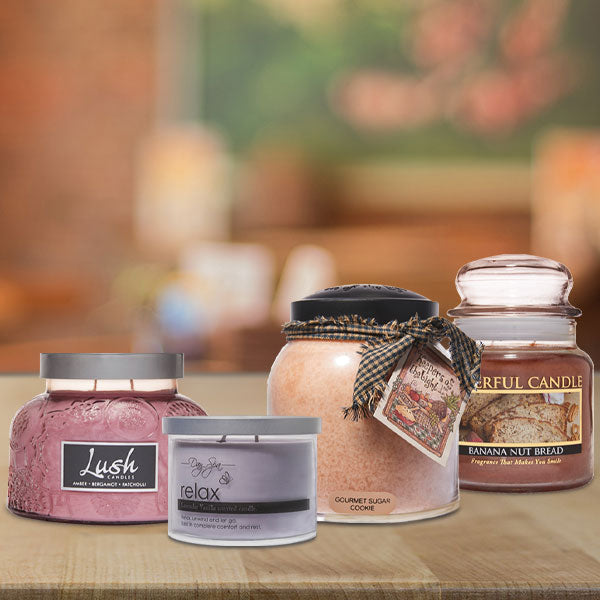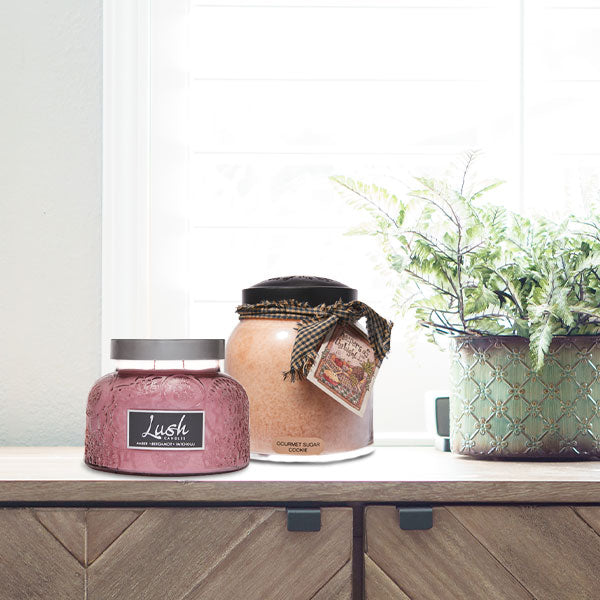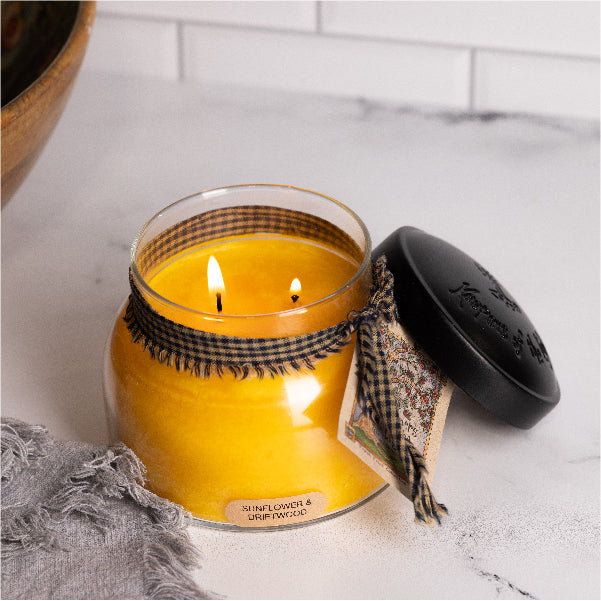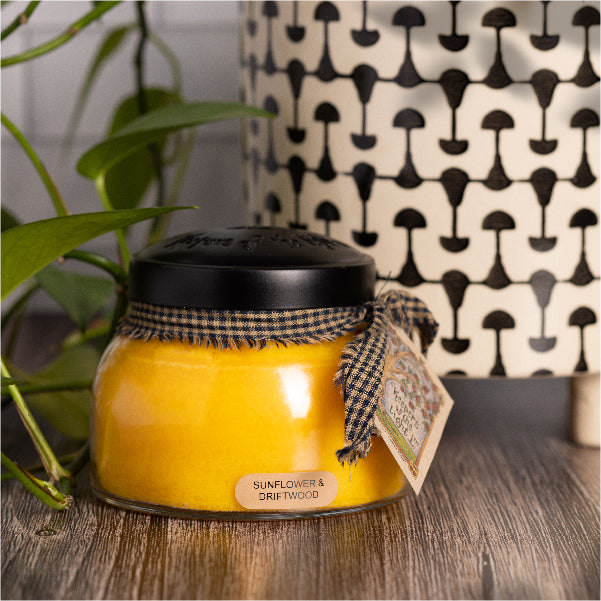What's better - soy candles or paraffin wax candles? Part 3
Misconception: Soy wax is better for our general health and health conditions
There are dozens of sources online arguing that paraffin wax releases more soot than soy wax, making them 'unhealthier' and more likely to cause respiratory reactions, but that’s not necessarily true.
Again, we refer to a research paper written by chemists and scientists. Found on the National Candle Association's website, these scientists dove deep into the gaseous emissions of various candles.
The experimenters did their best to facilitate a burn rate of 3.5g/h across various candle waxes. They measured over a dozen emissions from these candles, analyzing the nanoparticles emitted in the soot of multiple candle waxes. The researchers concluded, "For the unscented candles, [we can determine] that the fuels palm, paraffin, soy, and stearin behave very similarly in terms of emissions. No individual showed to have consistently better emission profiles than the others.
'Organic,' naturally-occurring and renewable candle ingredients sound great for us and our environment from a surface level. However, it is essential to consider the ramifications of large-scale farming, its adverse effects, and the additional ingredients blended with soy to create candles.
While Paraffin wax isn't much 'greener' than good soy candles, there are ways for candle enthusiasts to ensure they purchase eco-friendly products. Your candle maker is your ticket to obtaining healthy and environmentally conscious candles. Please do some research and identify how your candle maker sources, ships, and uses its ingredients and what exactly they put in their candles.
Of all the aspects of ethical candle-making you may be mindful of moving forward, the debate of paraffin vs. soy wax shouldn't hold as much weight as it did before.
















